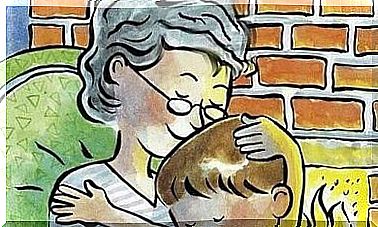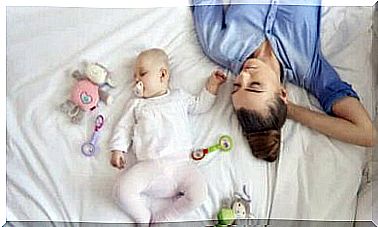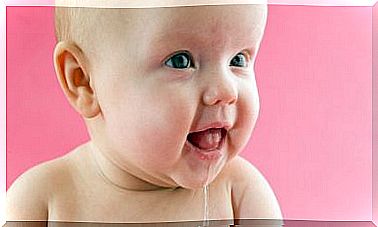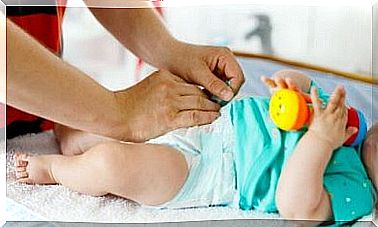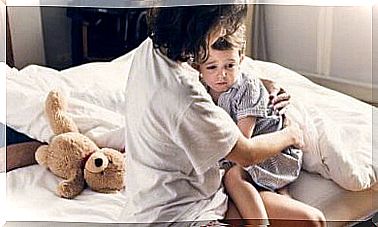How To Detect Speech And Language Disorders In Children
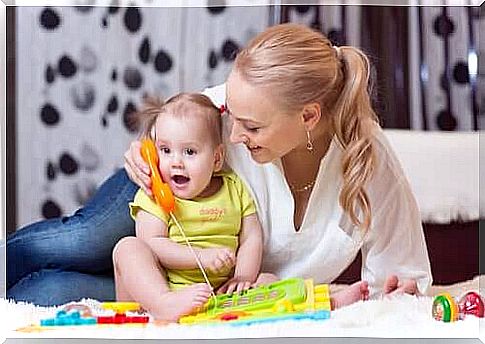
Speech and language disorders in children can manifest as difficulties in learning to speak.
Children who have a speech and language disorder may have difficulty communicating with others and making themselves understood. This is directly related to speech disorders.
Children who struggle to understand what others are saying have a language disorder.
Language develops naturally in babies and young children. The process begins from birth.
In order for a child to acquire his mother tongue correctly, he must be able to hear, understand and remember. They must also develop the ability to put together phrases and sentences.
Causes of speech and language disorders in children
According to statistics, about 1 in 20 children show symptoms of a speech and language disorder. When the cause of their difficulties is unknown, the diagnosis of language developmental disorder (DLD) is used.
Problems with processing and understanding language usually begin to appear around the age of four. Mixed speech and language disorders can be a result of factors such as brain damage.
Speech disorders can also occur due to delays in the development or damage to the central nervous system, known as aphasia.
When this type of disorder occurs, both speech and language do not develop normally. The child can acquire certain language skills but struggles with others.
Symptoms of language disorders in children
A child who has a language disorder often has one or more of the following symptoms. These can occur in varying degrees.
Children with a language disorder may have difficulty understanding messages and show some of the following signs:
- Difficulty understanding what others are saying
- Problems following instructions
- Difficulty organizing thoughts and behaviors

On the other hand, children with a speech disorder tend to have difficulty communicating what they are thinking or asking for something they need.
These are some of the common signs:
- Difficulty putting words together into a phrase or phrase. They use only short, simple sentences.
- Puts words in the wrong order in a sentence.
- They have trouble finding the right words to say what they mean and often have verbal tics.
- Their vocabulary is below the level expected for their age group.
- They repeat certain sentences.
- They use the wrong inflectional form.
Types of speech and language disorders
Children can have many different types of speech and language disorders, and many of them are relatively easy to detect.
- The strain in children : The strain is a problem that can be diagnosed and treated early in life. It is a change in rhythm and fluent speech that is characterized by the repetition of syllables, words, or sentences.
- Language delay : The diagnosis of a possible delay in language acquisition is made by a specialist. With early diagnosis and intervention, it is possible to avoid permanent damage.
- Speech delay : This can be observed both in terms of the ability to express oneself and understand.
- Infant Dyslalia : This is diagnosed when the child is unable to pronounce sounds correctly due to structural changes in the organs used to speak.
- Aphonia in children : A common problem in children and adolescents is the inability to produce certain sounds. This may be caused by illness or by abnormal speech patterns.
- Pronunciation difficulties : There are some sounds that children typically learn to pronounce later than others. However, some children have particular difficulty articulating sounds such as the letter “R” (r-sounds) or “S” (commonly known as a lip).
- Infant deafness : Some children are born with damage to their outer, middle or inner ear or their auditory nerve. This makes it difficult for them to hear and understand the spoken language.

The connection between breathing and speech
Breathing and speech are closely linked. Knowing children how to control their breathing will help them express themselves effectively.
Poor breathing can be linked to respiratory diseases, which also affect speech. Some disorders, such as aphonia and vocal cord injuries, can be caused by abnormal breathing techniques.
When a child breathes incorrectly, they breathe less air. This gives their voice less power and makes it more difficult for them to produce a perfect range of sounds.
Language problems in children can usually be detected early and treated in time to avoid lasting harm.
Pay attention when your child starts talking. If you notice anything unusual, talk to their doctor about what the best precautions are.
